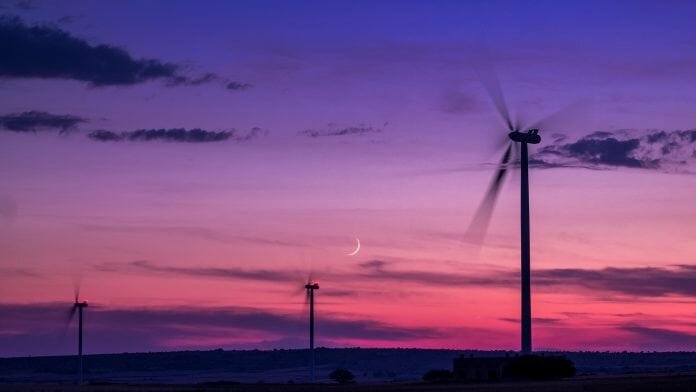
Three Danish schemes to support renewable electricity generation from wind and solar in 2018 and 2019 have received the European Commission’s approval.
Denmark aims to fulfil at least 50% of its energy consumption requirements with energy from renewable sources by 2030, and become completely independent of fossil fuels by 2050. In order to achieve this, support for renewable electricity generation from wind and solar will be vital in order to build the required infrastructure and begin fulfilling the country’s energy needs.
The budget for the three schemes is expected to comprise a total of DKK 1.08bn (~€145m) from Denmark’s state budget, which will be granted for a period of 20 years following the connection to the grid of the wind turbines and solar panels that qualify to receive the aid.
What are Denmark’s new schemes to support renewable energy?
The three schemes which Denmark has proposed to launch include a multi-technology tender scheme for onshore and offshore wind turbines and solar installations, with prospective projects to compete for funding through two tenders organised in 2018 and 2019, respectively. This scheme will have a total budget of DKK 842m.
The second scheme will provide some DKK 200m for onshore wind farm testing and demonstrator projects, while the third will deliver an additional DKK 40m for a transitional aid scheme for onshore wind. Denmark is already home to two national test centres for large wind turbines, and is aiming to greatly expand the energy capacity delivered by onshore wind with all three of its support schemes.
The European Commission assessed all three of the schemes under its state aid rules, to ensure that they were not in danger of distorting competition in the Danish energy market. The Commission found that the schemes conformed to the rules, and would help Denmark to meet the Commission’s guidelines on environmental protection and energy, by boosting the share of electricity produced from renewable energy sources.


















